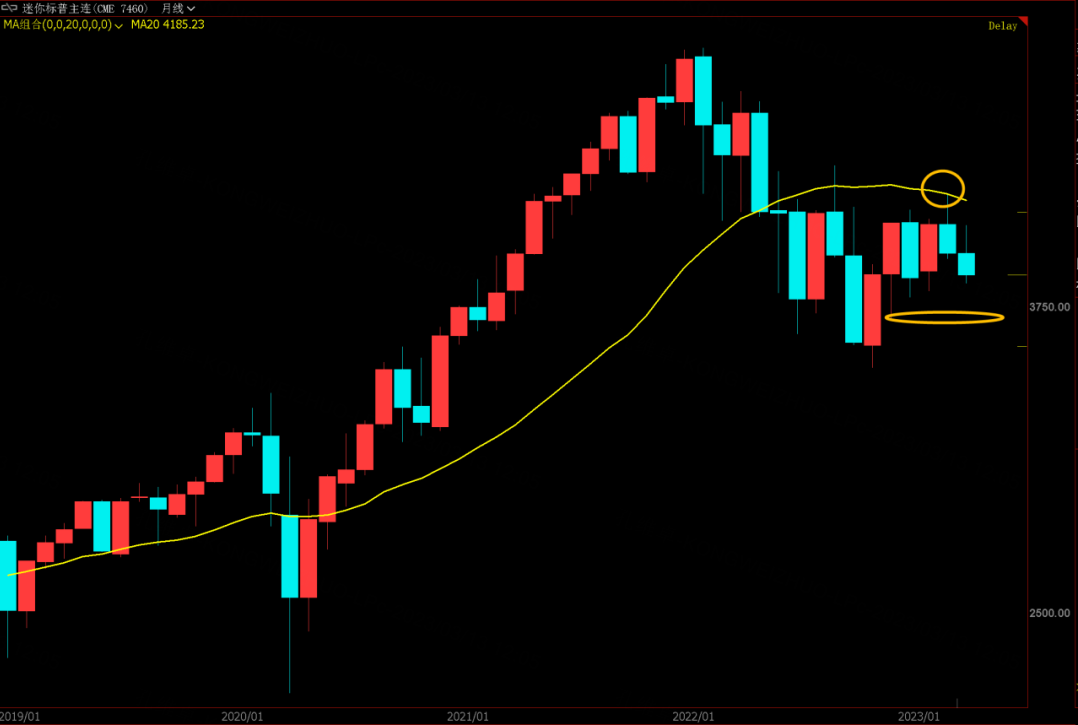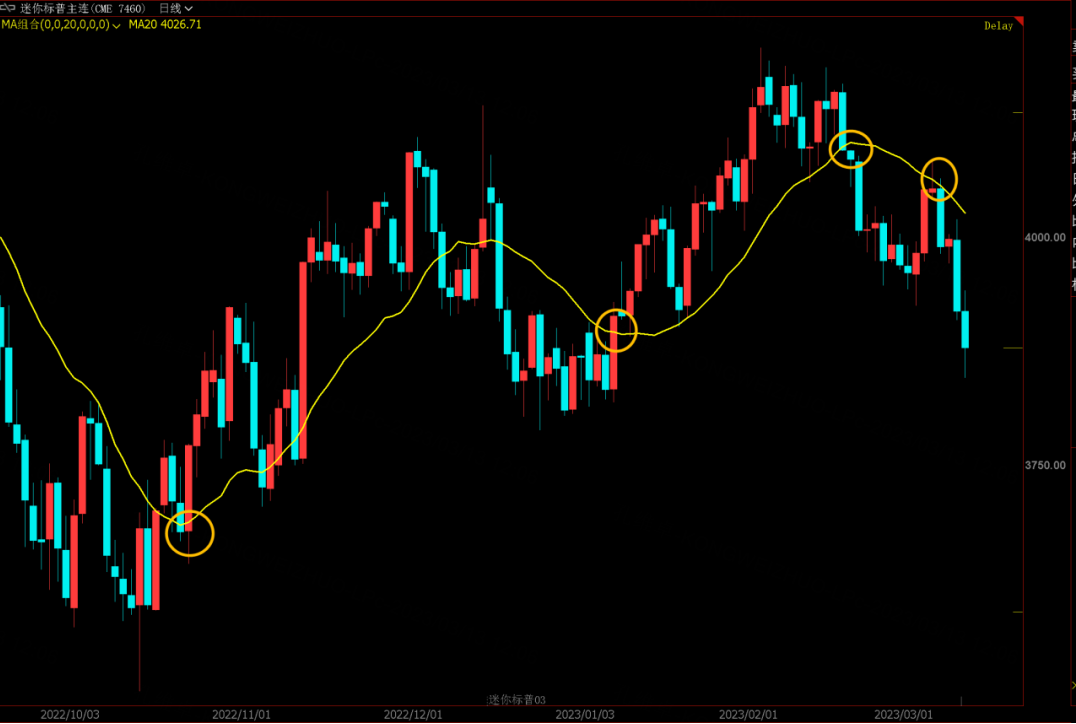Big event over the weekend, the bankruptcy of Silicon Valley Bank in the United States exploded.
This is the bankruptcy of Bank of America since 2008, which definitely has a lot of influence on market sentiment. Moreover, there are many deposits of venture capital technology companies in Silicon Valley banks. How to deal with this matter will affect subsequent market expectations.
The specific ins and outs of the bankruptcy of Silicon Valley banks are basically available on the Internet. To put it bluntly, long and short debts are mismatched and spread. This kind of transaction is popular among Wall Street banks in the era of low interest rates. Therefore, although Silicon Valley banks are a case, it does not mean that other banks will not be affected. Therefore, the long-term impact of the overall event can make bullets fly for a while.
After all, the sharp interest rate hike by the Federal Reserve is the fuse. Wall Street will also use this to force the Fed to ease as soon as possible, hoping that the good days of the low interest rate era will come back soon.
This incident is not big for the US banking industry, and the government will have a way to deal with it in the short term, so it is estimated that the short-term impact on the US stock market is mostly. However, the follow-up impact of this incident is long-term, which needs to be taken seriously by investors. How can depositors compensate for their deposits? How much? Will it cover the whole story? This will affect how other banks deal with their exposures. Assuming that this trip can be paid in full, will other banks increase the scale of such transactions more unscrupulously? Moreover, the Fed's interest rate meeting will come soon. Will it be affected by this incident to revise the hawkish wording and stick to it? This has a great impact on the middle and late stage of the market.
Response of American stock index
At present, the stock index is getting farther and farther away from the high point in February. Perhaps the high point of the stock index has been determined this year. Don't expect too much from the good performance of US stocks. The thunder of Silicon Valley banks may affect investors' valuation of technology companies (if deposits are not adequately protected, the valuation will inevitably decrease), which will be relatively negative.
In the short term, the banking events in Silicon Valley are not very large, so it is not difficult to rescue them. Therefore, after the risk is released in the first half of next week, it may be an opportunity for the stock index to copy and rebound in stages, with the low point between 3700 and 3800. Since such low points are usually caused by news, only a rough range can be finalized.
In addition, on the Japanese line, The 20-day moving average continues to play its role, A firm and bullish friend, We still have to wait until we break through the 20-day moving average before we can arrange our positions. This can reduce the losses caused by uncertainty. Although the bad news may only be at the beginning from the current news, no matter how you look at the market, as long as you reduce the cost and frequency of trial and error, it will be easier to bring reasonable benefits. In the US stock index, the 20-day moving average is a good tracking indicator.
$E-mini Nasdaq 100 - main 2306(NQmain)$ $E-mini S&P 500 - main 2306(ESmain)$ $E-mini Dow Jones - main 2306(YMmain)$ $Gold - main 2304(GCmain)$ $Light Crude Oil - main 2304(CLmain)$


Comments